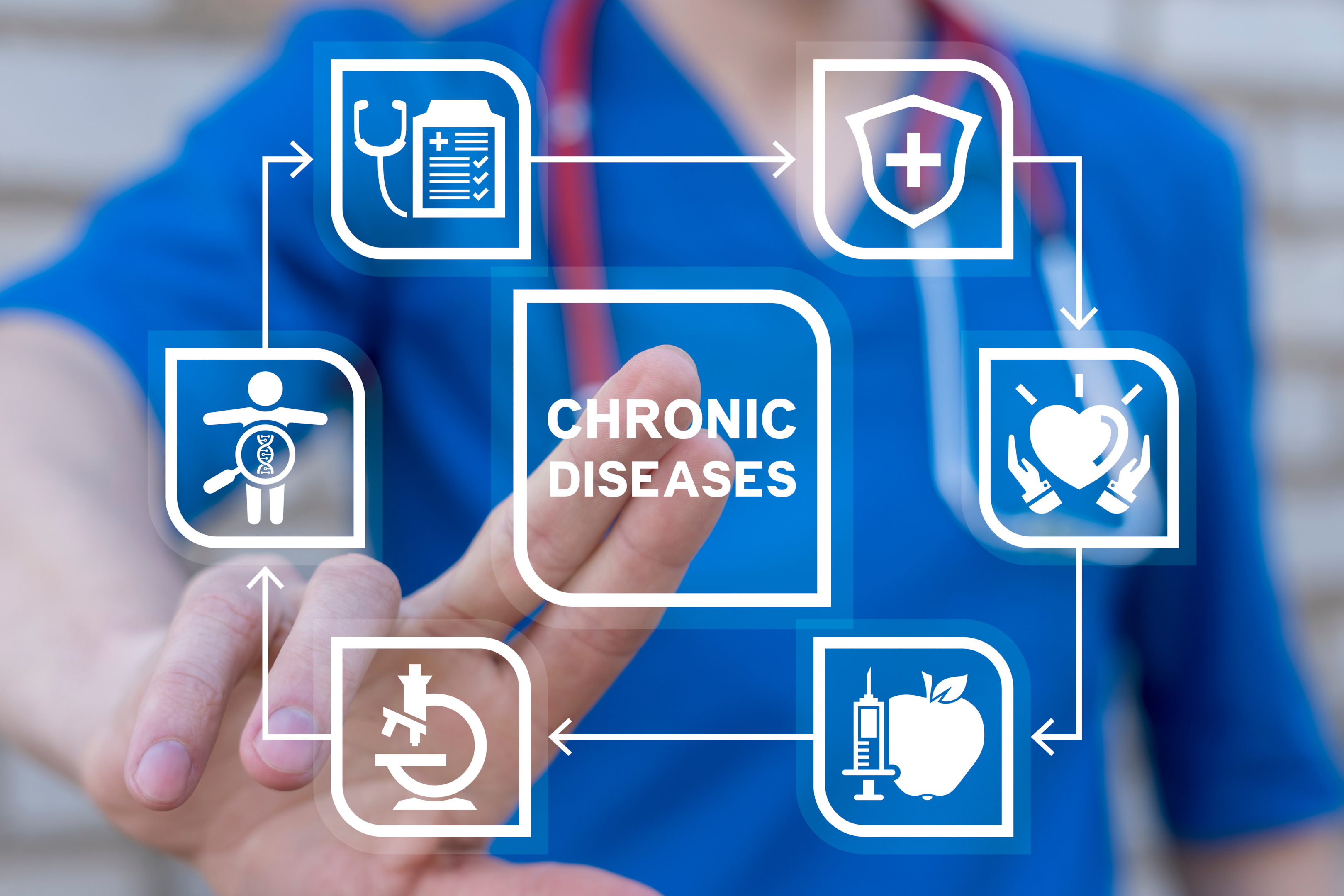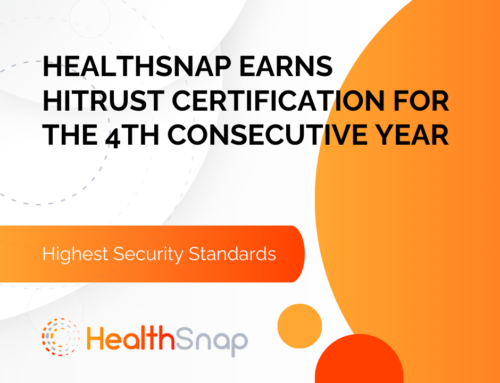As the healthcare industry continues to evolve, there’s a growing need for specialized care management strategies to handle complex and chronic conditions. Principal Care Management (PCM) has emerged as a key component of this landscape. Designed to provide focused care for patients with one high-risk chronic condition, Principal Care Management offers a more customized approach compared to broader care management programs.
What is PCM in Healthcare?
Principal Care Management refers to a set of medical services focused on managing the care of patients with a single, high-risk chronic condition. Unlike Chronic Care Management (CCM), which deals with multiple chronic conditions, PCM is designed to address the unique needs of patients whose healthcare is significantly affected by one primary condition. This focused approach ensures that the patient receives comprehensive and coordinated care specific to their condition, thereby improving health outcomes and reducing the significant risk of complications.
Principal Care Management Guidelines and Key Elements
Comprehensive Care Planning
PCM involves creating a detailed care plan that outlines the patient’s treatment goals, interventions, and follow-up schedules. This plan is developed in collaboration with the patient and their caregivers to ensure it aligns with their preferences and lifestyle.
Ongoing Monitoring and Management
Regular monitoring of the patient’s condition is crucial in PCM. This can includes frequent check-ups, Remote Patient Monitoring, and timely adjustments to the treatment plan based on the patient’s progress and any new symptoms that may arise.
Coordination Among Healthcare Providers
Effective PCM requires seamless communication and coordination among various healthcare providers involved in the patient’s care. This ensures that all aspects of the patient’s condition are managed cohesively, avoiding overlaps and gaps in care.
Patient and Caregiver Education
Educating patients and their caregivers about the chronic condition, its management, and the importance of adherence to the care plan is a vital aspect of PCM. This empowers them to take an active role in managing the condition, leading to better outcomes.

Benefits of Principal Care Management
Improved Patient Outcomes
By focusing on a single high-risk chronic condition, PCM allows for more personalized and effective management, which may lead to improved health outcomes. Patients receive personalized interventions and support that address their specific needs, reducing the risk of complications.
Enhanced Care Coordination
PCM promotes better coordination among healthcare providers, ensuring that all aspects of the patient’s care are aligned. This reduces the chances of miscommunication and ensures a cohesive approach to managing the chronic condition.
Increased Patient Engagement
PCM emphasizes patient and caregiver education, which enhances patient engagement and adherence to the care plan. Educated patients are more likely to follow treatment recommendations and make informed decisions about their health.
Reduced Healthcare Costs
By preventing complications and hospitalizations through effective management, PCM can lead to significant cost savings for both patients and healthcare systems. Proactive management of the chronic condition helps in reducing emergency visits and hospital readmissions.
Implementing Principal Care Management
Identifying Eligible Patients
The first step in implementing PCM is identifying patients who would benefit from this focused approach. This typically includes patients with one high-risk chronic condition that requires continuous management and has a significant impact on their daily life.
Developing a Care Plan
Once eligible patients are identified, a comprehensive care plan is developed. This plan should include specific treatment goals, interventions, and a schedule for regular follow-ups and assessments for the same patient.
Utilizing Technology
Leveraging technology, such as Electronic Health Records and Remote Patient Monitoring devices, can enhance the implementation of PCM. These tools enable continuous monitoring and real-time updates to the care plan based on the patient’s progress.
Training Healthcare Providers
Training healthcare providers on the principles and practices of PCM is vital for successful implementation. This includes educating them about the importance of care coordination, patient engagement, and the use of technology in managing chronic conditions.
Ensuring Reimbursement
Understanding the coding and reimbursement process for PCM services is essential for sustainability. Healthcare providers need to be familiar with the relevant CPT codes and ensure accurate documentation to receive reimbursement for PCM services.
Principal Care Management CPT Codes Explained
Several CPT codes are associated with PCM services, each reflecting different aspects of care management. Key PCM codes include:
CPT Code 99424: Initial Physician or Qualified Healthcare Professional Management
-
This code covers the first 30 minutes spent by a doctor, nurse practitioner, or other qualified health care professional managing a patient’s high-risk chronic condition in a month.
-
This applies to conditions expected to last at least 3 months and pose a high risk of hospitalization, worsening symptoms, decline in daily activities, or even death.
-
The code covers creating, monitoring, or updating a specific treatment plan for the patient’s condition.
-
It also includes managing complex medication needs due to other health problems (comorbidities) and coordinating care with other involved healthcare providers.
CPT Code 99425: Additional Physician or Qualified Healthcare Professional Management (Add-on Code)
-
This code is used in addition to CPT code 99424 and bills for each additional 30 minutes spent by a doctor, nurse practitioner, or other qualified healthcare professional managing the patient’s condition in a month.
-
Same criteria apply as code 99424.
CPT Code 99426: Initial Clinical Staff Management under Supervision
-
This code covers the first 30 minutes spent by a nurse, medical assistant, or other clinical staff member managing the patient’s condition under the direct supervision of a doctor, nurse practitioner, or other qualified healthcare professional in a month. (Management and support services.)
-
Same criteria apply as code 99424.
CPT Code 99427: Additional Clinical Staff Management under Supervision (Add-on Code)
-
This code is used in addition to CPT code 99426 and bills for each additional 30 minutes spent by a nurse, medical assistant, or other clinical staff member managing the patient’s condition under supervision in a month. (Clinical staff time directed by a supervisor.)
-
Same criteria apply as code 99424.
Documentation Requirements
Accurate documentation is critical for ensuring reimbursement. Providers must document the time spent on PCM activities, the services provided, and the outcomes achieved. This includes recording patient interactions, care plan updates, and coordination efforts with other healthcare providers.
Ensuring Compliance
Healthcare providers must ensure compliance with Medicare and Medicaid guidelines for Principal Care Management services. This includes meeting the minimum time requirements, providing appropriate documentation, and adhering to the standards for care coordination and patient management.
How Can Physicians Provide Principal Care Management Effectively?

To provide PCM services effectively, physicians need to adopt a structured approach that focuses on comprehensive care coordination, patient engagement, and ongoing monitoring. Here are several key strategies to ensure effective Principal Care Management program delivery:
Develop a Comprehensive Care Plan
Assessment and Diagnosis: Begin with a thorough assessment of the patient’s condition, including diagnostic tests and evaluations to understand the complexity and risks associated with the chronic disease.
Personalized Care Plan: Create a detailed, personalized care plan tailored to the specific needs of the patient. This plan should include treatment goals, medication regimens, lifestyle modifications, and scheduled follow-ups.
Engage in Continuous Monitoring and Adjustments
Regular Check-Ins: Schedule regular appointments (in-person or via telehealth) to monitor the patient’s progress, adherence to the care plan, and any new symptoms or complications (such as cognitive or functional decline).
Dynamic Adjustments: Be prepared to adjust the care plan based on the patient’s evolving condition (such as a complex chronic condition for a patient at significant risk of complications). This includes changing medication regimens, modifying treatment approaches, and updating lifestyle recommendations.
Utilize Technology for Remote Monitoring
Remote Patient Monitoring (RPM): Implement RPM devices to track vital signs and other health metrics (e.g., blood pressure, glucose levels) in near real-time. This allows for timely interventions and continuous oversight.
Electronic Health Records (EHRs): Use EHR systems to document all patient interactions, monitor trends over time, and facilitate seamless information sharing among the care team.
Foster Patient Engagement and Education
Patient Education: Educate patients about their condition, the importance of adhering to the care plan, and how to use any monitoring devices. Knowledgeable patients are more likely to engage in their care and follow through with recommendations.
Empowerment: Encourage patients to take an active role in managing their health. Provide tools and resources to help them track their own progress and understand the impact of their lifestyle choices on their condition.
Ensure Effective Communication and Coordination
Interdisciplinary Team Approach: Involve a multidisciplinary team in the patient’s care, including specialists, nurses, pharmacists, and other relevant healthcare providers. Regularly communicate and coordinate with this team to ensure cohesive care.
Care Coordination: Establish clear protocols for communication between the primary care physician and other specialists involved in the patient’s care. Ensure that all team members are aware of any changes to the care plan and are working towards the same treatment goals.
Utilize Reimbursement Opportunities
Understand CPT Codes: Familiarize yourself with the relevant PCM CPT codes (99424, 99425, 99426, 99427) to ensure accurate billing and maximize reimbursement opportunities.
Documentation: Maintain thorough documentation of all PCM services provided, including time spent on care management activities, to support billing claims and ensure compliance with payer requirements.
Monitor and Evaluate Outcomes
Track Metrics: Regularly measure clinical outcomes, patient satisfaction, and overall health improvements. Use these metrics to evaluate the effectiveness of the PCM program and make data-driven adjustments.
Feedback Loop: Establish a feedback loop with patients to gather insights on their experiences and identify areas for improvement in care delivery.
The Role of Remote Patient Monitoring in Principal Care Management
Remote Patient Monitoring (RPM) plays a key role in enhancing Principal Care Management by gathering continuous, near real-time health data and facilitating proactive management of chronic conditions.
Continuous Monitoring and Data Collection
Near Real-Time Health Tracking: RPM devices enable continuous monitoring of vital signs and other health metrics, such as blood pressure, glucose levels, weight, and heart rate. This near real-time data collection allows healthcare providers to keep a close watch on the patient’s condition between regular office visits.
Early Detection of Complications: By continuously tracking health parameters, RPM can detect early signs of complications or exacerbations, allowing for timely interventions that can prevent hospitalizations or other adverse events.
Enhanced Patient Engagement and Adherence
Active Participation: Remote Patient Monitoring programs encourage patients to take an active role in managing their health. Patients can see their own health data, which can motivate them to adhere to their treatment plans and make necessary lifestyle changes.
Regular Feedback: RPM systems often include features that provide regular feedback and alerts to patients, helping them stay on track with their medication regimens and other aspects of their care plan.
Proactive Care Management
Preventative Care: With continuous monitoring, healthcare providers can identify trends and patterns that may indicate a risk of future complications. This allows for proactive adjustments to the care plan, aiming to prevent issues before they arise.
Customized Care Plans: RPM data provides a detailed picture of a patient’s health over time, enabling the creation of highly personalized care plans that address specific needs and conditions.
Increased Efficiency and Reduced Healthcare Costs
Reduced Hospitalizations: By catching potential health issues early and providing timely interventions, RPM can reduce the number of hospital admissions and emergency room visits, leading to significant cost savings for both patients and healthcare systems.
Efficient Resource Utilization: Continuous monitoring helps prioritize care for patients who need it most, ensuring that healthcare resources are used efficiently and effectively.
Patient Safety and Quality of Care
Safe Monitoring at Home: RPM allows patients to be monitored safely from the comfort of their own homes, reducing the need for frequent in-person visits and minimizing exposure to infections, particularly important for high-risk patients.
Quality Improvement: The detailed and continuous data provided by RPM helps healthcare providers track the effectiveness of treatments and make evidence-based adjustments, leading to improved overall quality of care.
Documentation and Reimbursement
Accurate Documentation: RPM systems may automatically record and store health data, making it easier for healthcare providers to maintain accurate and comprehensive patient records.
Reimbursement Opportunities: By using the appropriate CPT codes for RPM (such as 99453, 99454, 99457, and 99458), healthcare providers can ensure they are reimbursed for the RPM services they provide. This creates a sustainable model for integrating RPM into PCM.
Choose HealthSnap to Deliver Best-in-Class Principal Care Management Services
Transform your organization’s healthcare delivery with HealthSnap’s suite of integrated virtual care management solutions. Reach out to us today at 888-780-1872 or contact us online to learn more and schedule a consultation with a HealthSnap Specialist to discover how integrated virtual care management can help you provide exceptional patient care and optimize your practice’s financial health.











